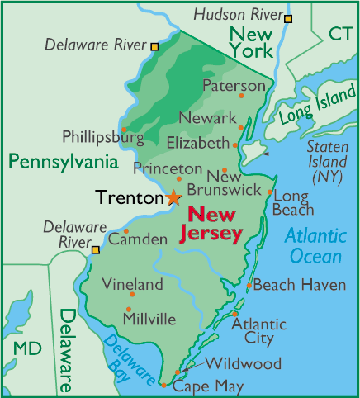Lenz’s Law, a fundamental principle in electromagnetism, encapsulates the concept that induced electromotive force (EMF) exhibits its direction in opposition to the change in magnetic flux. This principle, while mathematically elegant, begs an intriguing question: Does Lenz’s Law follow—or perhaps challenge—the celebrated conservation principles governing energy? To delve into this conundrum, a thorough comprehension of both Lenz’s Law and the conservation of energy is necessary.
At first glance, Lenz’s Law appears to align seamlessly with energy conservation. In essence, when a change occurs in a magnetic field, a current is induced in such a way that it acts to counter that change, thereby maintaining the equilibrium of the system. This opposition to the magnetic flux alteration illustrates a natural inclination toward stability. A magnetic field increasing in strength, for instance, induces a current that generates a magnetic field opposing the increase. This cyclical behavior is reminiscent of nature’s propensity to maintain homeostasis.
Consider the example of a magnet approaching a coil of wire. As the magnet draws closer, the magnetic flux through the coil increases. According to Lenz’s Law, the coil generates a current that produces its own magnetic field in opposition, effectively resisting the magnet’s approach. This interaction leads to an inductive force counteracting the motion of the magnet. Here, one could argue that energy conservation principles hold: the work done on the magnet by moving through the resistance of the induced current translates into electrical energy. In this context, Lenz’s Law appears to reinforce rather than contradict energy conservation.
However, the discussion becomes more intricate upon deeper analysis. Critics might center their arguments on the apparent paradox of energy utilization within Lenz’s Law. If an induced current generates a back electromotive force (back EMF) that opposes the initial change in magnetic flux, does this not imply a potential violation of energy conservation? Specifically, could one propose that if energy is being used to create an opposing force, should it not manifest as a net gain elsewhere? Such questions challenge our understanding and provoke broader philosophical inquiry into the realm of energy dynamics.
Moreover, the opposition manifested by Lenz’s Law generates a distinct energy transfer mechanism that accentuates the complexities of energy interactions in electromagnetism. When a system resists a change, it does not unequivocally equate to a loss of energy. Instead, it reflects the transformation and transfer of energy from one form to another. Not only is energy conserved; it is continually converted and directed in a variety of forms—mechanical to electrical, potential to kinetic, and vice versa.
Interestingly, Lenz’s Law serves as a poignant reminder of the principles underlying renewable energy systems. In wind turbines, for instance, the rotational kinetic energy of the blades is converted into electrical energy through electromagnetic induction. Here, as the blades move, they experience the opposing magnetic field generated by their motion, creating vibrations and necessitating additional energy input to maintain motion. This illustrates the practical significance of Lenz’s Law and energy conservation; optimizing energy conversion efficiency becomes vital, underscoring the challenge of maximizing output while negotiating the inherent oppositional forces dictated by Lenz’s Law.
Through various practical scenarios, one cannot ignore Lenz’s Law as a safeguard against the violation of energy principles. The very essence of energy conservation denotes that energy can neither be created nor destroyed. Therefore, any scientific anomaly that suggests otherwise warrants a critical examination of the underlying rationale. When we consider the immense complexities of electromagnetic fields and their interactions, we awaken to the realities of energy conservation as more than just a static principle—it is a dynamic interplay among numerous factors.
In the vast landscape of thermodynamics, Lenz’s Law serves as a linchpin, guiding artisans, engineers, and physicists in their endeavors. Any attempts to manipulate energy flows, whether in developing new technologies or enhancing existing systems, must account for the attitudes of opposing forces encapsulated within Lenz’s Law. Failing to recognize these nuances may lead to inefficiencies or wasted energy, hindered developments, and a stifled understanding of energy, one of humanity’s most precious resources.
Consequently, Lenz’s Law not only adheres to energy conservation principles; it emphasizes the interactive spectrum of energy transformation that governs physical systems. The playfulness of questioning the law’s conflict with energy conservation reflects a deeper inquiry into the essence of energy itself. Rather than viewing Lenz’s Law as an obstacle, one might embrace it as a reminder of the delicate balance in energy systems and an invitation to explore the multifaceted relationships within the universe.
To conclude, Lenz’s Law does not violate the principles of energy conservation; rather, it accentuates them. It demands a constant tug of war between opposing forces, ultimately ensuring that in a universe defined by change, energy remains perpetually present and transformed. Emerging from this investigation is a profound appreciation for the laws that govern our world, inspiring both reverence for the natural order and a relentless pursuit of efficiency in our energy practices. As environmental challenges mount, understanding the implications of Lenz’s Law on energy conservation may well illuminate paths toward sustainability and responsible energy management.







